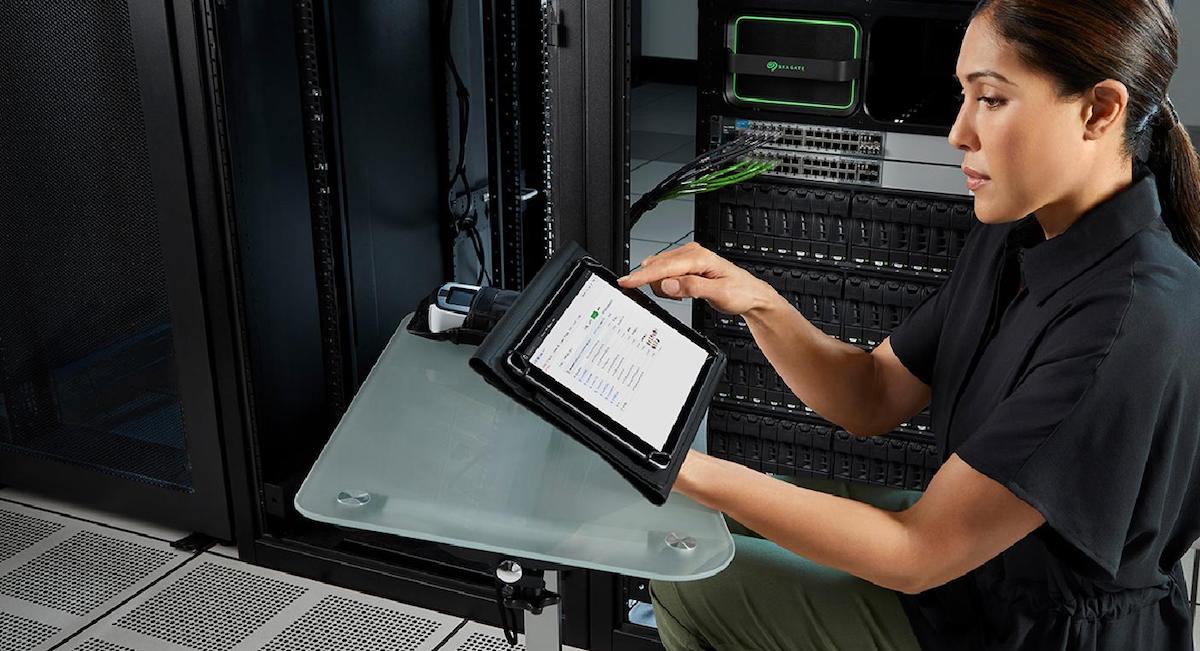How do Amazon, Facebook and Google use data to win?
What comes to mind when you think of Google, Facebook, Amazon or even UPS? Can you imagine that some of the same technologies that have enabled breakthroughs for these iconic organizations are also available to your company?
Of course, the common thread among all of these entities is the effective use of big data analytics. It was big data that led Google to master search engine optimization (SEO), Facebook to revolutionize social media and Amazon to become a global leader in online retail. It was big data that enabled UPS to reduce 85 million miles driven per year, save 8.5 million gallons of fuel and still manage over 16 million shipments each day. And it’s big data that your company can use to gain a competitive advantage in the world of digital business.
Leveraging big data to your advantage
Individuals and businesses are increasingly reliant on technology, and enterprises like yours are collecting data from everywhere – computers, mobile devices, sensors, machine-to-machine technology, surveillance systems and more. Since early this decade experts predicted the amount of data generated annually to increase 4300% by 2020. Furthermore, enterprises are responsible for storing the great majority of this data.
While big data certainly poses some challenges for today’s businesses, it can also be invaluable for industries of all kinds – retail, service, bioscience, manufacturing, medicine, agriculture, SEO, social media, espionage and many more. Today, research firms are leveraging big data to make advancements in DNA sequencing, which in turn enables new discoveries in medicine and patient treatment. Oil and gas exploration also relies on big data, using vast amounts of seismic data to locate and simulate reservoirs. Product-oriented businesses are collecting big data to analyze customer preferences and purchases over time.
Yet as evidenced by these examples, collecting mass amounts of data is only useful if you have ways to analyze and leverage it for your business advantage. In a paper discussing top strategic technology trends, Gartner said that the current amount of big data collected is in fact astounding, yet “the accelerating merger of the physical and virtual worlds will make the present volumes seem paltry in comparison.”
Business leaders need to learn to turn data into intelligence
Gartner goes on to discuss the implications of big data for businesses: “Leading senior executives will build a strong competency in turning this data into critical intelligence that will drive their organizations’ future direction.” When business and IT leaders like you fail to accommodate big data within your business strategies, the risks include falling behind, losing relevancy and missing out on potential profits and growth opportunities.
To leverage big data to the fullest, adjustments to the overall IT infrastructure are necessary. First of all, the rise of big data means that more data is flooding enterprises than ever before. According to IDC, by 2025, the amount of data worldwide is forecast to reach 163 zettabytes! IT infrastructures must therefore be prepared to collect and process enormous amounts of data. Yet increases to storage capacity alone are not enough to deal with big data.
Systems must also take into account that an estimated 80% of data generated is unstructured — with no pre-defined data model to fit traditional databases. Satellite information collected for the weather forecast, the security video footage at a bank, health records at a hospital and the Twitter feed of a marketing company – all are examples of the unstructured data generated by modern enterprises. Indeed, vast extents of unstructured data are produced by everything from smartphones and satellites, to industrial sensors and surveillance cameras. Traditional relational database solutions are not up to the task of processing this overwhelming amount of unstructured data that’s pouring into enterprises.
In its report Data Age 2025, IDC emphasizes that what’s most important is how business leaders use the technology at hand: they must focus their attention on the data that matters the most. Not all data is equally important to businesses or consumers. The enterprises that thrive during this data transformation will be those that can identify and take advantage of the critical subset of data that will drive meaningful positive impact for user experience, solving complex problems, and creating new economies of scale.







